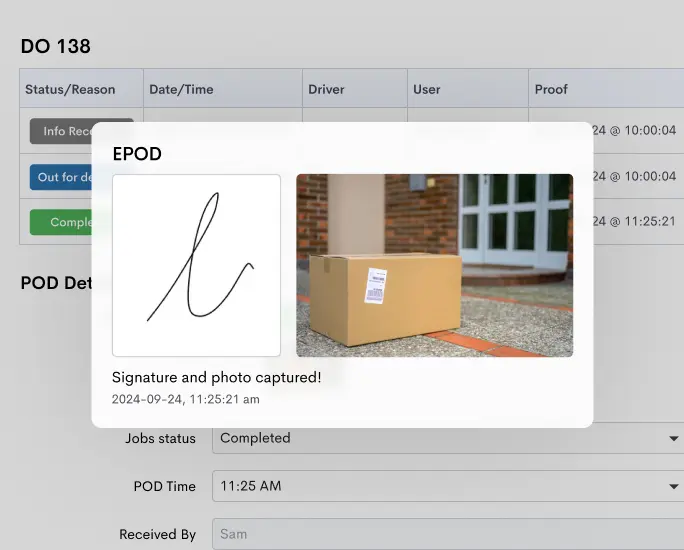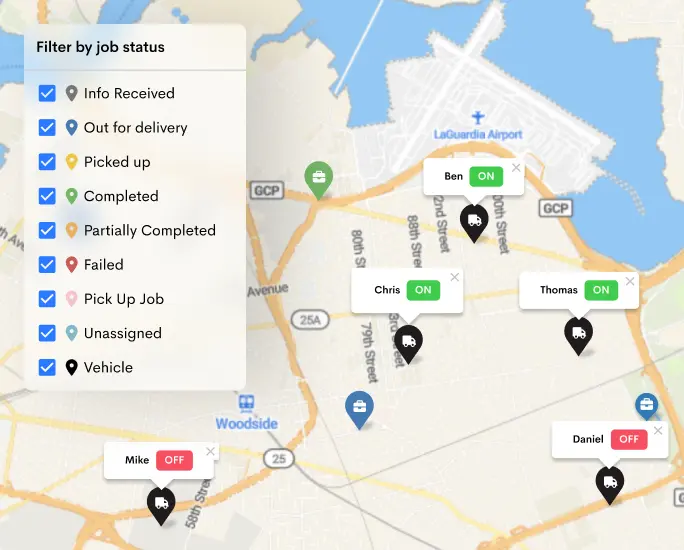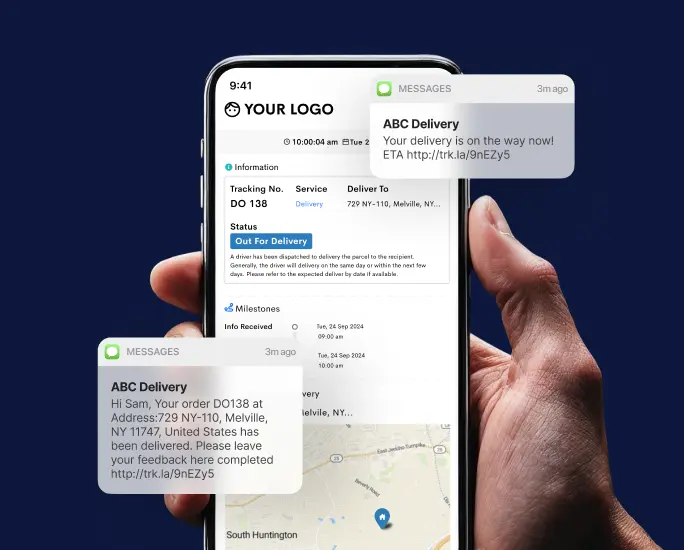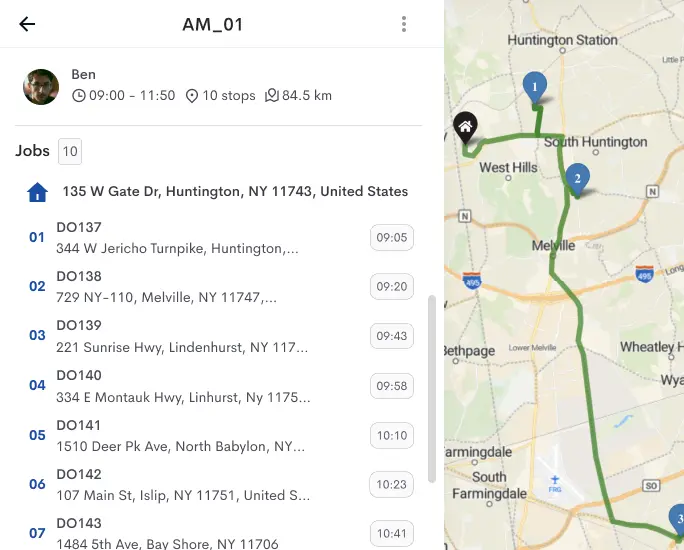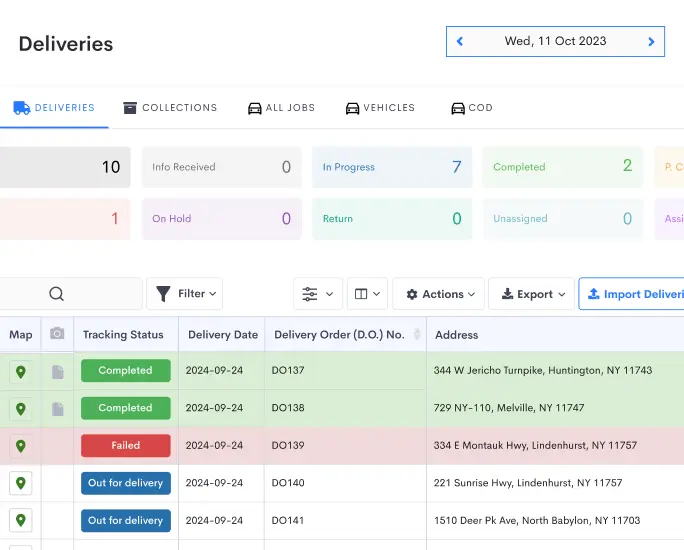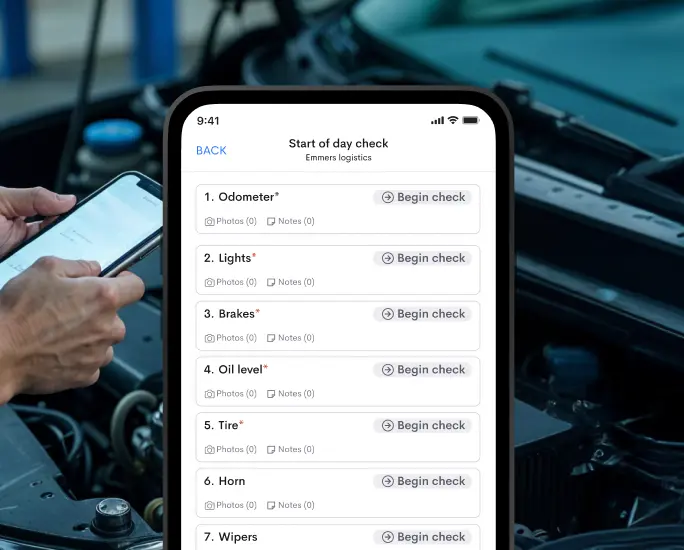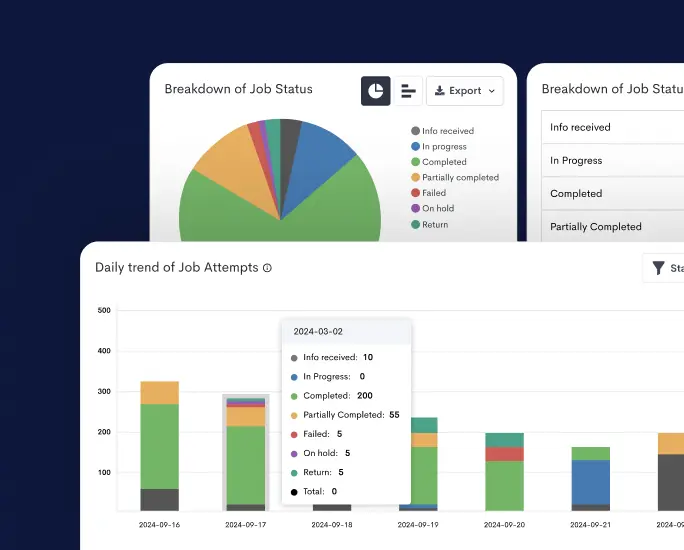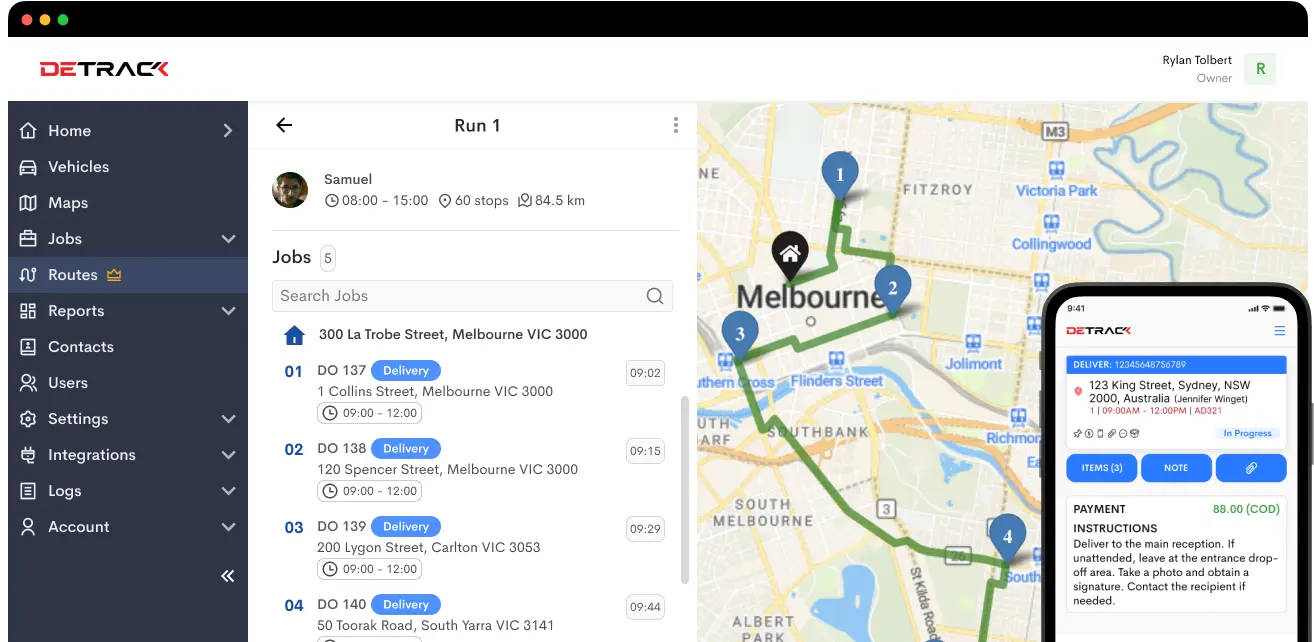As the year progresses, businesses face distinct peaks in demand, from Black Friday and Cyber Monday to the holiday season. These periods are exciting and daunting for companies, especially logistics companies.
At the heart of this challenge lies last mile delivery, the final stage in the delivery process where packages reach customers’ doorsteps. This stage becomes even more critical during peak times, as it can make or break customer satisfaction and operational efficiency.
Here’s a guide to thriving during busy times with effective last mile delivery management.
Understanding the Peak Season Challenge
Peak season is synonymous with a surge in customer orders. This increased volume requires swift and reliable logistics, Whether due to holiday shopping, end-of-year sales, or seasonal promotions. However, more orders mean more pressure on your delivery operations.
Challenges such as traffic congestion, unexpected delays, and overstretched delivery fleets are common during these periods. What’s more, with higher order volumes, there’s a greater risk of errors, missed deliveries, and customer dissatisfaction if deliveries don’t go as planned.
To stay on top of these challenges, businesses must proactively approach last mile delivery.
Optimizing Route Planning for Busy Seasons
Effective route planning is a key element in managing last mile delivery during peak times. Optimizing delivery routes ensures drivers take the most efficient paths, reducing fuel costs and saving time.
Here are some ways to optimize route planning during busy periods:
- Leverage Route Optimization Software: Advanced route planning tools, like Detrack, can analyze traffic patterns, delivery windows, and order locations to create the most efficient routes. This helps avoid congested areas and ensures faster deliveries.
- Plan for Delays: Anticipate that there will be more delays during busy seasons. Consider factors such as traffic jams, weather conditions, and driver availability. Build buffer time into your route planning to accommodate these disruptions.
- Flexible Route Adjustments: Utilize real-time route adjustments to handle unexpected changes, such as last-minute customer requests or road closures. Keeping routes flexible allows you to make quick decisions to keep deliveries on track.

Scaling Your Delivery Fleet
Scaling your delivery fleet is essential to managing the increased volume of deliveries. Many businesses need help to meet peak demand with their existing fleet. Consider supplementing your fleet with temporary drivers or partnering with third-party delivery services to extend your capacity.
Here are some strategies for scaling effectively:
- Onboarding Temporary Drivers: Hire temporary or seasonal drivers to manage the increase in orders. Ensure they are well-trained and equipped with the necessary tools and information to ensure seamless deliveries.
- Use Crowdsourced Delivery Models: Platforms that connect businesses with freelance or gig economy drivers can help scale your delivery operations during peak times. This provides flexibility and allows you to meet customer demand without the long-term cost of maintaining a large fleet.
- Collaborate with 3PL Providers: Third-party logistics (3PL) providers can offer additional vehicles and drivers when you’re experiencing high demand. By partnering with these providers, you gain access to a larger fleet while minimizing the logistical strain on your business.
Real-Time Tracking for Transparency
Customers expect greater visibility over their orders, particularly during busy seasons. Real-time tracking is essential to provide transparency and alleviate customer concerns over late deliveries.
Here’s why real-time tracking matters:
- Improves Customer Experience: Customers are more likely to forgive delays if they can access real-time information about their delivery. You build trust with customers by offering real-time updates on order status, estimated delivery times, and driver locations.
- Minimizes Customer Queries: Customers are less likely to contact customer service with queries when they can track their orders themselves. This reduces the strain on your support team, allowing them to focus on more pressing issues.
- Prevents Missed Deliveries: With real-time tracking, customers know exactly when their package will arrive, making them more likely to be available to receive the delivery. This reduces the chances of failed delivery attempts and the additional costs associated with rescheduling.
Enhancing Delivery Efficiency Through Automation
Automation can significantly reduce errors and improve efficiency during peak seasons. From order processing to dispatching, automating key tasks can help you manage high volumes more effectively.
Here are some ways automation can streamline last mile delivery management:
- Automated Dispatching: With automated dispatching, you can assign deliveries to drivers based on location, vehicle capacity, and route optimization. This ensures that each driver is assigned the most efficient deliveries, reducing downtime and increasing productivity.
- Automated Notifications: Send customers automated notifications about their order status, delivery window, and tracking information. This keeps customers informed and reduces the need for manual communication with your customer support team.
- Data-Driven Decision Making: Automation tools can provide valuable insights into delivery performance, driver efficiency, and customer satisfaction. Analyzing this data lets you make informed decisions to improve delivery operations in real time.

Preparing for Customer Returns
An often-overlooked aspect of last mile delivery management during peak seasons is managing returns. With more orders comes an increase in returns, which can strain your logistics team.
Here’s how to prepare for returns:
- Simplify the Return Process: Offer flexible return options to make returns easy for customers. For example, customers might be able to schedule return pickups or drop off items at designated locations.
- Integrate Return Management with Delivery Software: Use delivery management software incorporating return management features. This allows you to track return shipments and manage reverse logistics efficiently.
- Plan for Return Logistics: Like delivery routes, plan for return logistics during peak seasons. Ensure you have enough drivers and vehicles to handle the influx of return orders without disrupting your outbound delivery operations.
Preparing Your Team for Peak Season
Finally, your entire team must be prepared to thrive during peak seasons. Ensure drivers, dispatchers, customer support, and warehouse staff are aligned and ready to handle the increased workload.
Here are some tips for preparing your team:
- Provide Training: Train your team on how to handle the specific challenges of peak seasons, such as managing high order volumes, resolving customer complaints, and handling returns efficiently.
- Improve Communication: Ensure seamless communication between your warehouse, dispatchers, and drivers. Use tools that allow real-time updates and collaboration to ensure everyone is on the same page.
- Motivate Your Team: Peak season can be stressful, so it’s important to keep your team motivated. Consider offering incentives, such as bonuses for drivers who meet delivery targets or rewards for employees who go above and beyond.
Conclusion
Last mile delivery management during peak seasons can be challenging, but with the right strategies, you can ensure smooth operations, satisfied customers, and a thriving business. By focusing on route optimization, scaling your fleet, utilizing real-time tracking, embracing automation, and preparing for returns, you’ll be well-equipped to handle the surge in demand.
Embrace the busy seasons with confidence, and turn these peak periods into an opportunity to shine.

